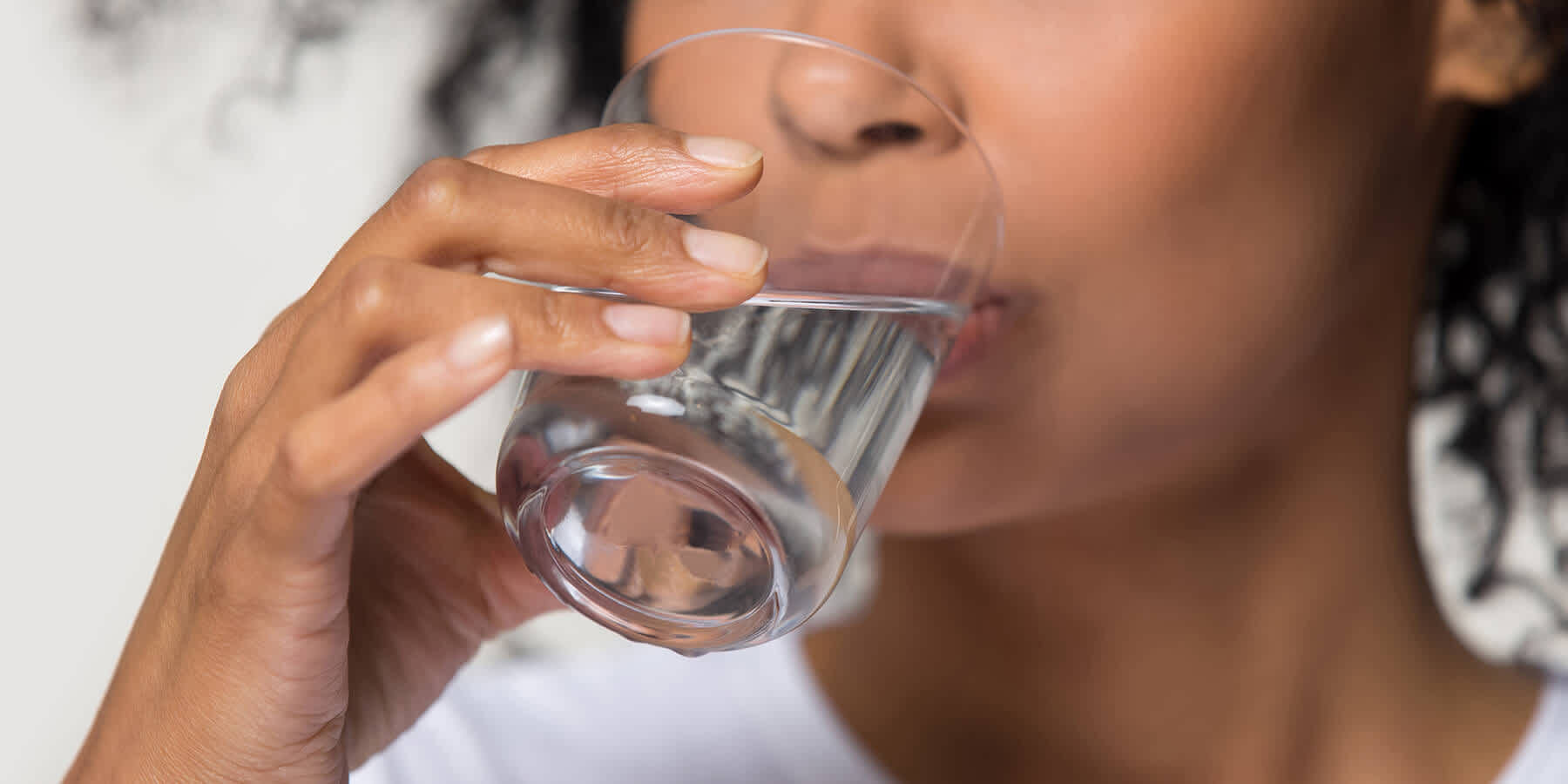
Why am I so thirsty all of a sudden? Diabetes and frequent thirst
Medically reviewed by Rosanna Sutherby, PharmD on March 31, 2021. To give you technically accurate, evidence-based information, content published on the Everlywell blog is reviewed by credentialed professionals with expertise in medical and bioscience fields.
Table of contents
Have you found yourself often asking, “Why am I so thirsty all the time?” If so, you may be wondering if your frequent thirst has any connection with diabetes. Keep reading to find out more about the relationship between frequent thirst and diabetes—and consider learning more about the at-home A1c test if you’re interested in checking this indicator of blood sugar levels.
Related: What is a normal HbA1c level?
Diabetes and polydipsia
Diabetes is a common disease that affects about 10.5 percent of the American population. Diabetes prevents the proper processing and management of blood sugar, or glucose. Glucose is the main source of fuel for cells in your body, but diabetes causes excess glucose levels in the blood. Left untreated and unmanaged, diabetes can eventually contribute to some severe health issues.
Polydipsia is simply the medical term for extreme and constant thirst. This is more than just needing a glass of water every now and then. Polydipsia can make you feel thirsty all the time, no matter how much fluid you have ingested. Extreme thirst is sometimes one of the earliest warning signs of diabetes.
Frequent urination (also known as urinary frequency) is a common, problematic issue associated with polydipsia. As previously mentioned, diabetes is characterized by an excess of blood glucose. Without any means of breaking down the extra glucose, your body forces your kidneys to produce more urine to get rid of that sugar. Your kidneys go into overdrive to filter out the excess glucose from the bloodstream. This means more frequent urination and a higher volume of urine in general.
As you frequently excrete the glucose through urination, high levels of fluid are required by the body—likely more fluids than you are actually taking in. In fact, your kidneys may draw fluids from your tissues and organs to produce more urine to get rid of the glucose.
This naturally causes excessive thirst. However, as you take in more fluids to quench your thirst, you can end up urinating even more—which can turn into a harmful cycle.
Easily check your HbA1c—an indicator of the average sugar level in your blood over the past 3 months that’s routinely used for diabetes management—with the Everlywell at-home HbA1c Test.
Recognizing polydipsia
Everyone gets thirsty, so it’s important not to jump to conclusions and assume your excessive thirst is caused by diabetes. Along with profuse sweating, exercise, and hot environments, you may feel increased thirst from diarrhea or vomiting. Some medications can also increase your thirst. Caffeine is also a mild diuretic (a substance that can cause increased urination), so if you have been drinking coffee or tea, you can normally expect to urinate more often. Alcohol is also a diuretic.
That being said, be sure to consult your healthcare provider if the following applies to you:
- You experience an unexplained thirst that doesn’t go away no matter how much you actually drink.
- You pass more than 5 liters of urine in a single day. The volume that a healthy individual urinates in a day will obviously vary, but the average healthy adult will produce anywhere from 800 milliliters to 2 liters of urine in a day.
- You also experience polyphagia, or excessive hunger regardless of how much you have just eaten. This can occur from both low blood glucose levels and high blood glucose levels.
HbA1c testing can help indicate your blood sugar levels over the past 3 months and can help alert you to a blood sugar level that may be in the diabetes range. To check your HbA1c from the convenience of home, take the Everlywell at-home HbA1c Test (which requires only a simple finger prick for sample collection).
Related content
A quick guide to diabetes: what it is, symptoms, testing, and more
You could be at risk of diabetes and not even know it
Diabetes insipidus vs. diabetes mellitus: what’s the difference?
References
1. Mayo Clinic. Diabetes symptoms: When diabetes symptoms are a concern. URL. Accessed March 31, 2021.
2. Polydipsia. Diabetes.co.uk. URL. Accessed March 31, 2021.